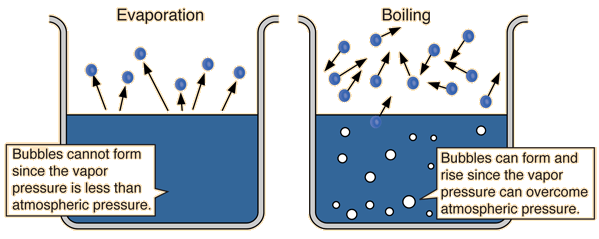Physical Science
Chapter 3 - solids,
liquids and gases
Worksheet for sections I
and II
1. List
the 5 states of matter that we have discussed from MOST energy to LEAST energy.
Plasma -->Gas --> Liquid --> Solid --> Bose Einstein Condensate (B.E.C.)
2. Write
a definition:
a. Solid - a substance that has a definite shape and a definite volume
b. Liquid - a substance that has NO definite shape but DOES have a definite volume
c. Gas - has no definite shape AND no definite volume
d. Viscosity - a liquids resistance to flowing
3. Name
two ways in which solids are classified:
a. ___Amorphous solids____ these have no repetitive patterns in the organization of the molecules
b. ___Crystalline solids____ these have repetitive patterns in the organization of the molecules
4. Name
two characteristics of liquids that are studied by scientists:
a. _____surface tension______
b. _____viscosity_____
5. How
are the molecules arranged differently in a crystalline solid versus an
amorphous solid? see above for #3a and 3b
6. Which
has more viscosity? honey water
7. Are
molecules in a solid motionless? NO
8. Why? The molecules in a solid are vibrating, this is what gives the solid its temperature. The vibration is thermal energy.
9. Explain
why a water strider (insect) can stand on top of the water. Liquids have a characteristic called surface tension. This means that the molecules near the surface are closer together than molecules lower down. The make the water at the surface a little thicker and easier for the water strider to stand on it.
10. What is
the most common state of matter in the universe? Plasma (because stars are made of this)
11. Draw the
difference between boiling and evaporation.
 |
| You can ignore the atmospheric pressure part since we haven't gotten there yet. But your image should show the boiling occurring from the bottom of the pot. |
12. Name two
ways in which matter can change from a liquid to a gas and vice versa.
vaporization (boiling and evaporation) and condensation
13. Explain
what sublimation is…Sublimation is when a solid becomes a gas without ever becoming a liquid


No comments:
Post a Comment
Thank you for commenting on our science class blog :)
Mrs. Tiday